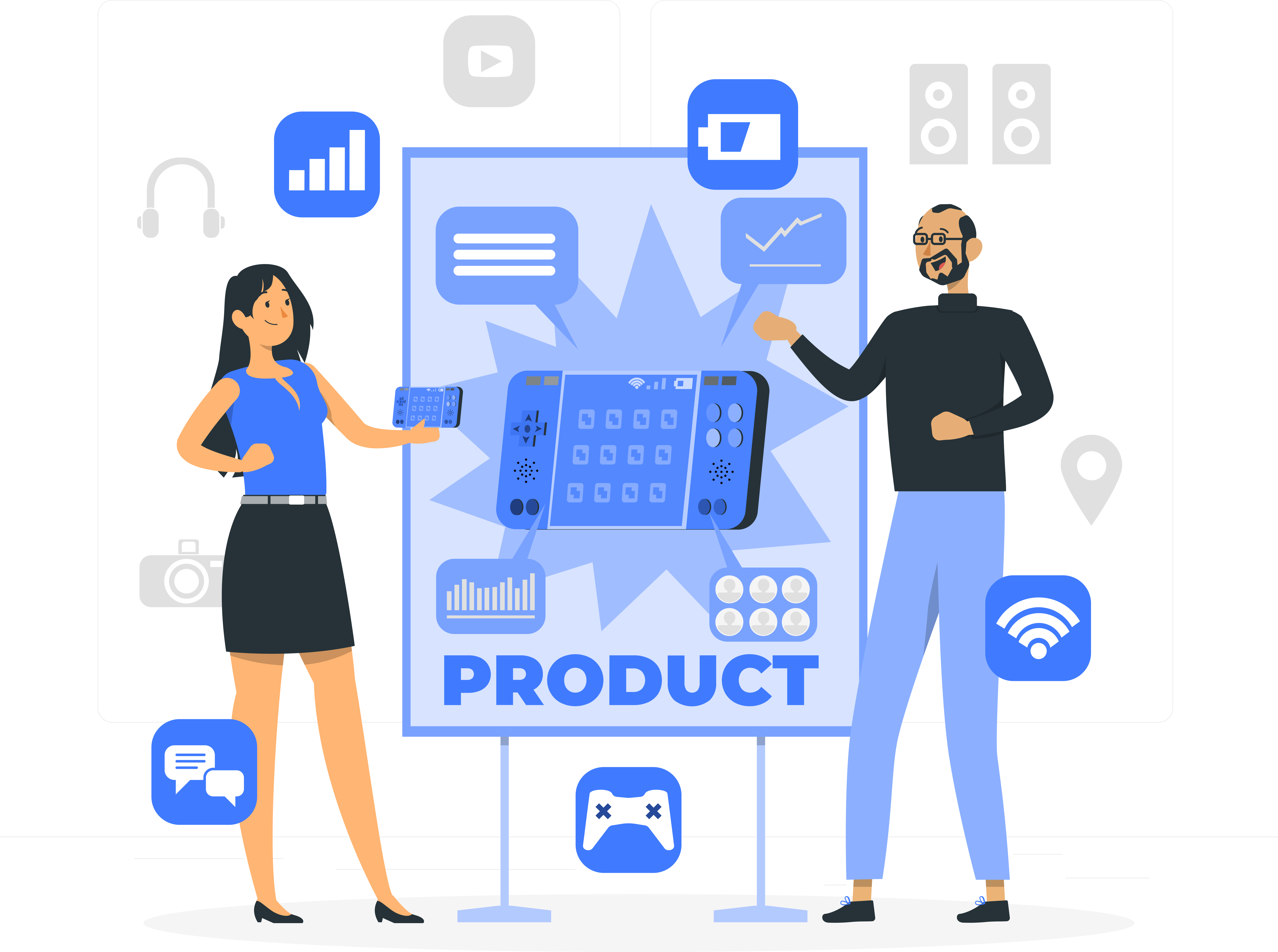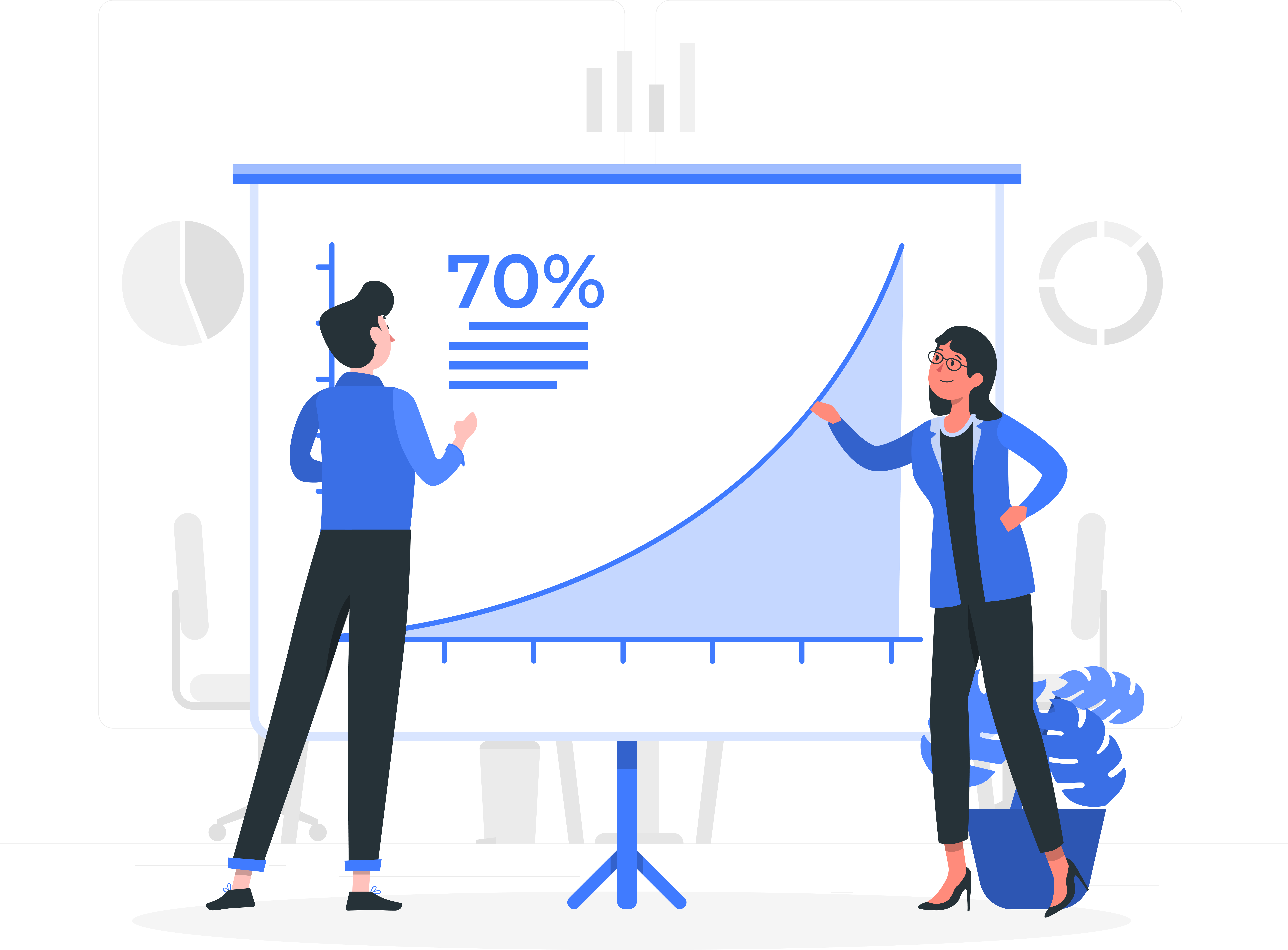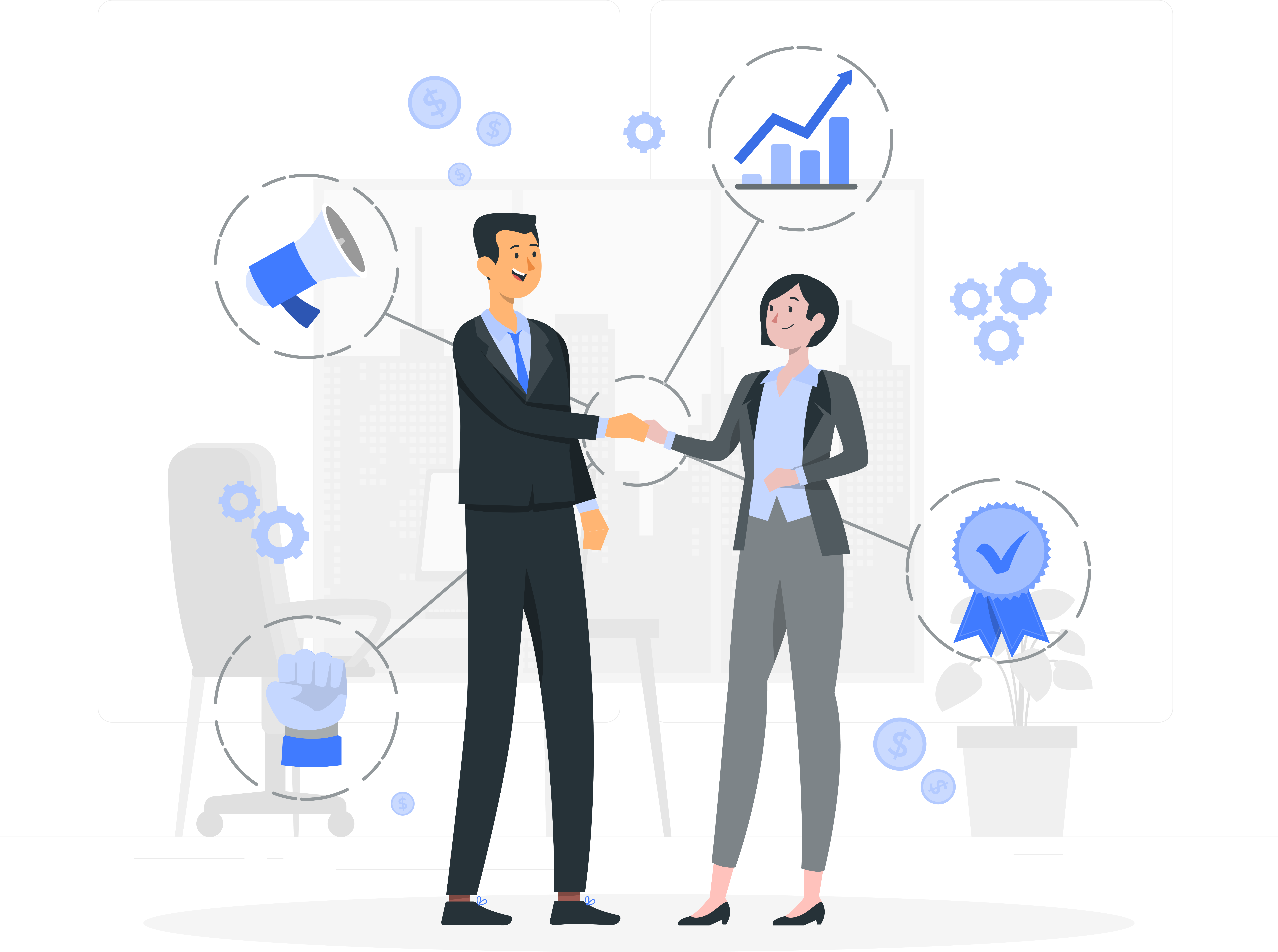Accelerating Success Through Customer-Centricity
In the modern business landscape, a new growth strategy has emerged as a game-changer for companies seeking rapid and sustainable success. Known as product-led growth (PLG), this approach centers around putting the product itself at the forefront of driving acquisition, conversion, and expansion.
Let's understand the concept of product-led growth, its key principles, and how it empowers companies to thrive in today's competitive market.


What is Product - Led Growth?
Product-led growth is a business methodology that prioritizes the product experience as the primary driver of business growth. Instead of relying heavily on traditional sales and marketing tactics, PLG focuses on creating an exceptional user experience that encourages self-service adoption, expansion, and advocacy.
By delivering value through the product itself, companies can generate organic growth, increase customer satisfaction, and drive sustainable business outcomes.
What principles drive the growth?
When human-centered design and generative AI join forces, a remarkable synergy emerges. Let's explore some ways in which this combination can bring about transformative outcomes:
Acquisition funnel
Rather than relying solely on sales and marketing efforts, PLG leverages the product as a tool for customer acquisition. By offering free trials, freemium versions, or limited-feature plans, companies can attract users and allow them to experience the product's value before committing to a purchase.
01.
Getting faster time to value
By focusing on delivering immediate value through the product, PLG enables users to quickly experience the benefits, leading to faster time-to-value and increased customer satisfaction.02.
Scalable and Sustainable Growth
Empowering companies to achieve scalable and sustainable growth by leveraging the product as a driver of customer acquisition, expansion, and retention. Will enable you to build a sustainable growth engine03.
Being customer-centric at the core
At the core of growth strategies, fostering a customer-centric culture within the organization. By continuously improving the product based on user feedback, build long-lasting customer relationships.04.
Lower Customer Acquisition Costs
Companies can reduce their customer acquisition costs by leveraging the viral nature of satisfied users and enabling self-service adoption. Leveraging data &insights to develop targeted marketing campaignsImplementing the operating model at scale
To successfully implement product-led growth, companies can follow these key steps:
Discover the why
Gain a deep understanding of your target audience's pain points, goals, and motivations. This knowledge allows you to design a product that specifically addresses their unique problems and delivers significant value. By empathizing with your audience and uncovering their underlying needs, you can create a solution that truly resonates with them and meets their expectations effectively.
Define the how
Prioritise the user experience by focusing on designing intuitive interfaces, simplifying complex processes, and presenting clear value propositions. By placing users at the center of your design process, you can ensure that your product is user-friendly and easily adopted. Creating seamless experiences and removing obstacles to adoption encourages self-service usage and drives greater user satisfaction.
Ideate the what
Nurture a culture of experimentation and iteration within your organization. Empower your teams to test and refine various features, pricing models, and user experiences. By embracing a data-driven approach and relying on insights from user feedback and analytics, you can continuously improve your product. This allows you to uncover new opportunities, align your product with the ever-changing needs of your target audience.
Measure the returns
Leverage analytics tools to collect and analyze user data, enabling you to track user behavior and gain valuable insights into user engagement, conversion, and retention. By utilizing this data, you can make informed, data-driven decisions and continuously optimize the product experience. Measuring the returns not only helps you understand the impact of your product but also provides valuable insights for future.
Conclusion
Product-led growth represents a shift in the way companies drive growth and acquire customers. By prioritizing the product experience, companies can create a self-sustaining growth engine built on customer-centricity, user adoption, and viral effects.
Embrace the principles of product-led growth, leverage data to optimize the product experience, and foster a culture of customer success to unlock accelerated growth and build long-term business success in today's competitive landscape.

